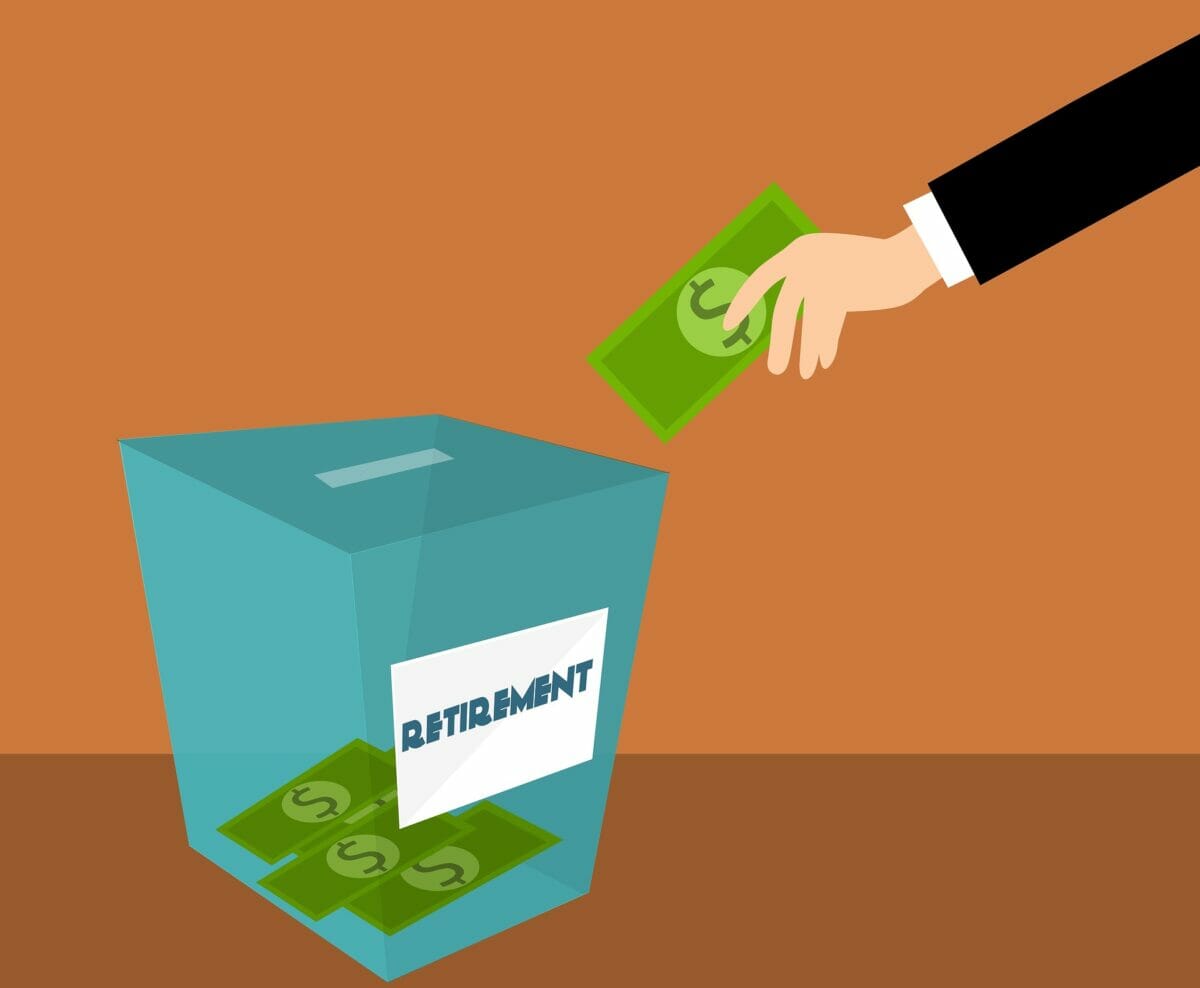- Brits hoping to enjoy a ‘moderate’ standard of living in retirement could need over a third more income than previously thought, new data suggests
- The latest update to the PLSA’s ‘Retirement Living Standards’ reveals a moderate living standard could cost a single person £31,300 in 2023/24, up 34% from £23,300 a year earlier
- A single person wanting a ‘comfortable’ standard of living could need to spend £43,100 a year, up 15% from £37,300 in 2022/23
- A ‘minimum’ retirement living standard, meanwhile, now costs a single person £14,400 a year, an increase of 12% versus £12,800 a year ago
- Couples who are able to pool resources should be able to attain the living standards at lower cost per person
- AJ Bell looks at the pension pots savers could need to enjoy a basic, moderate and comfortable standard of living in retirement
Tom Selby, director of public policy at AJ Bell, comments:
“It was inevitable the surge in inflation we have seen over the last two years would filter through to Brits’ living standards in retirement, but these figures are nonetheless eyewatering. A ‘moderate’ standard of living in retirement now costs a single person £8,000 more than it did in 2022/23, according to the PLSA, with this increase driven in part by higher food, energy and motoring costs.
“It is not just the inflation pressures on retirees that have driven this rise, however, with an extra £1,000 a year added to the costs of people in this group to help out family members struggling due to the cost-of-living crisis.
“While the costs of a moderate living standard have increased by the most, attaining both a ‘minimum’ and ‘comfortable’ standard of living in retirement has also become significantly harder, with inflation again the prime culprit.
“These figures bring into sharp relief the challenge surging living costs pose to those planning for a lifestyle in retirement beyond the very minimum. The demise of gold-plated defined benefit (DB) pensions in the private sector means the onus is on individuals to take responsibility for their financial futures.
“Recent spikes in inflation have clearly made that task harder but there is no magic bullet when it comes to building a retirement pot that matches your goals and spending plans. The key is to save as much as you can from as early as possible, taking advantage of the upfront boost of pension tax relief, tax-free investment growth and, where available, employer contributions. While the fund sizes needed to achieve a moderate or comfortable standard of living might be intimidating, making a realistic budget and setting up a regular savings plan can make the task a lot less painful.”
What do the PLSA Retirement Living Standards look like for 2023/24?
The Retirement Living Standards are designed to provide a very rough guide to how much a ‘minimum’, ‘moderate’ and ‘comfortable’ retirement lifestyle might cost. They attempt to give a realistic estimate by assuming that everyone, including those targeting a ‘minimum’ standard of living, will want to enjoy a social life and the odd takeaway as well as paying essential bills.
For example, the minimum living standard assumes one weeklong UK holiday per year. By contrast, the moderate living standard assumes a fortnight 3* all-inclusive holiday in the Mediterranean and a long weekend break in the UK. The comfortable living standard, meanwhile, budgets for a fortnight 4* holiday in the Mediterranean with spending money and three long weekend breaks in the UK.
You can see some of the key spending assumptions that inform the Retirement Living Standards in the table below. It’s important to note that all the living standards assume no rental or mortgage costs.

Source: PLSA
What size fund could you need to enjoy a minimum, moderate or comfortable standard of living in retirement?
The two main ways savers with defined contribution (DC) pensions turn their retirement pot into an income is through annuity purchase (buying a guaranteed income from an insurance company) and drawdown (taking a regular income from your fund while keeping it invested). It is also possible to combine the security of an annuity with the flexibility of drawdown to suit your needs.
The PLSA provide estimates for the size of pension pot you might need to buy an annuity that delivers each of the living standards. The range of pension pots is relatively wide to reflect the fact annuity rates are extremely sensitive to movements in gilt yields and rates differ between different products.

Source: PLSA
To model the pension pot required to deliver the living standards in drawdown, we need to make some assumptions. The below figures assume:
- Annual investment returns of 4% after charges
- Income rises by 2% per year (in line with the Bank of England’s long-term inflation target)
- The fund lasts for approximately 25 years in retirement
Estimated retirement fund needed to deliver Retirement Living Standards in drawdown (using above assumptions)
| Minimum living standard fund needed | Moderate living standard fund needed | Comfortable living standard fund needed | |
| Single | £70,000 | £490,000 | £790,000 |
| Couple (combined fund) | £0 | £515,000 | £890,000 |
Source: AJ Bell analysis of PLSA Retirement Living Standards
Annuities versus drawdown – pros and cons
Whether the guaranteed income provided by an annuity or the flexibility of drawdown is right for you will depend on your personal circumstances. As mentioned earlier, you can also combine the products to build a retirement income plan based around your needs.
Drawdown offers you total flexibility over how you access your fund from age 55 (rising to age 57 in 2028), meaning you can create a withdrawal plan that suits your needs and lifestyle. Because your fund remains invested until needed, there is the potential to benefit from long-term investment growth. It is also simple to switch provider to get the best deal – you’ll just need to give your chosen provider a few details and they’ll do all the legwork for you.
In addition, the death benefits regime is attractive. If you die before age 75, it is possible to pass on your fund completely tax-free to as many nominated beneficiaries as you like. If you die after age 75, any leftover funds will be taxed in the same way as income when your nominated beneficiary (or beneficiaries) makes a withdrawal. Crucially, your pension should not count towards your estate for inheritance tax (IHT) purposes.
All this flexibility does come with risks you will need to manage. In particular, you need to make sure you aren’t taking too much, too quickly from your fund, as this runs the risk of leaving you short of money in your later years. Making large withdrawals from your pension could also see you pay more income tax than is necessary.
As well as managing your withdrawals sustainably and tax efficiently, you need to be comfortable taking investment risk with your fund. Taking an income through drawdown is therefore ‘hands-on’, requiring regular engagement.
The other main retirement income option is buying an annuity. This takes investment risk off the table, provides income security and means you don’t have to engage with your pension. The main downside of annuities is they are inflexible and by locking into a product for life, you forgo the potential to benefit from long-term investment growth or vary your income as your circumstances change.
If you are young and healthy, it is less likely you will want to convert your pension pot into an annuity, as rates tend to improve as you get older.

















